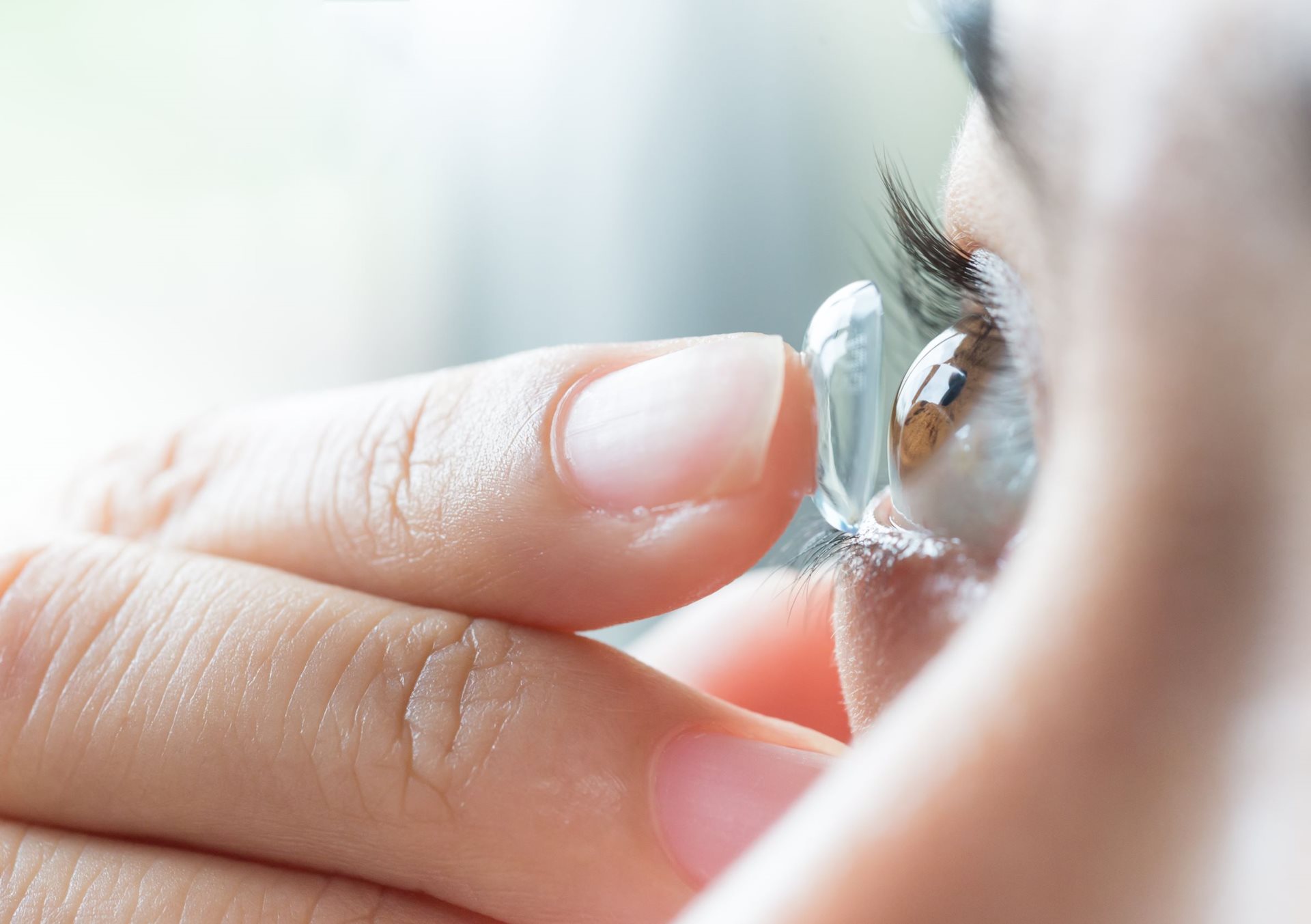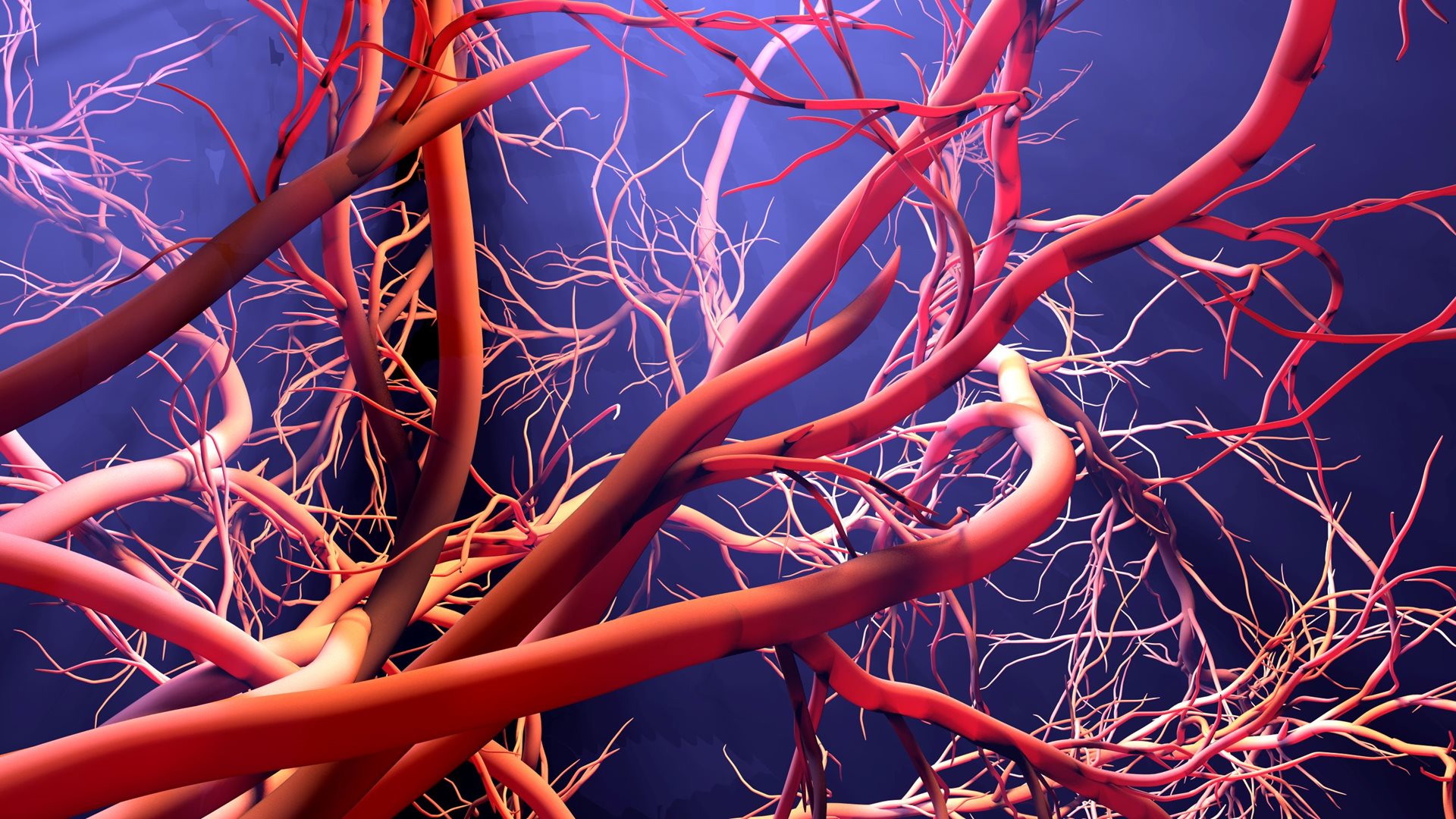Czech science has given a tremendous amount of knowledge to the world over the past 100 years. Czech scientists have namely been successful in technology and natural sciences – you might be surprised with the discoveries and inventions that have Czech roots. Scientists from Bohemia, Moravia and Silesia have participated in many studies and projects all over the world. Thanks to Czech scientists, we now have contact lenses and artificial vessels, and we have also eradicated smallpox.
Nanofibers
In 2003, a sensational report spread around the world: the technological procedure for industrial production of polymer nanofibers was invented at the Technical University in Liberec, together with the unique technology for their production, the nanospider, in cooperation with Elmarco, a Liberec company. Professor Oldřich Jirsák (*1947) led the university research team. The fibres, only visible under a microscope and thousand times thinner than hair, are used, for example, in medicine (material for artificial vessels, treatment of burns or production of face masks; no bacteria or viruses can pass through a nanofiber material, but oxygen molecules can). Nanofibers, which experts consider to be the material of the third millennium, are used in the aviation, automotive and clothing industries. You can make your own nanofiber sample at the Liberec Science Centre, iQpark or in the Ostrava Science and Technology Centre.
Blood Types
Jan Janský (1873-1921) was an important Czech neurologist and psychiatrist, and a professor at the Charles University in Prague. He earned international recognition in 1906 thanks to his discovery that human blood can be divided into four basic groups according to the differences in the properties of blood cells, to which he assigned the Roman numerals of I, II, III and IV. The Viennese biologist and pathologist Karl Landsteiner (1868-1943) made a similar discovery: he described three blood types as early as in 1900. While the world awards priority to Janský, Landsteiner was the one to receive the Nobel prize in 1930. Also, Landsteiner’s labelling of A, B, AB and 0 came to be used. Either way, the Czech Republic does not lose anything: Landstainer’s mother came from Prostějov.
Polarography
In 1924, physical chemist Jaroslav Heyrovský (1890-1967), together with his Japanese student Masuzo Shikatou, built a device to record the dependence of current on voltage in the electrical analysis of a sample with the use of a dropping electrode. Polarography provides information on the type and quantity of substances contained in a solution, such as measuring the oxygen content in atmosphere, sulphur dioxide in flue gases, or poisonous metals in water. Today, every chemical laboratory owns a computer polarograph; they are used in biology, pharmaceutics and biochemistry. Professor Heyrovský was the first Czech to receive the Nobel prize for chemistry in 1959 for his discovery. However, he had to wait for a long time to get it; he was nominated eighteen times. The method has gone through many technical improvements and modernisations, and you can also learn about it at the exposition mapping the history of the Charles University in Prague.Eradication of smallpox
Karel Raška (1909-1987), the founder of the modern Czechoslovak epidemiological school, was a hygiene professor who became the Director of the WHO Division of Communicable Disease Control in Geneva in 1963. He developed the concept of disease surveillance, which is now the foundation of protection against epidemics, and he contributed to the complete global eradication of smallpox. In his country, however, Raška was not appreciated by the communist regime: in 1970, he was fired from the leadership of the Institute of Epidemiology and Microbiology, was forced to retire, and he was even denied a pension.
Contact lenses and nylon
The oldest written mention of the effort to resolve eye defects with a lens comes from about five-hundred years ago. Lenses already existed at the time of Professor Otto Wichterle (1913-1998), the founder of macromolecular chemistry, but they were made of glass and hard, inflexible plastic. The Czech scientist and inventor, who mostly worked in macromolecular organic chemistry, was involved with the synthesis of hydrophilic gels with the aim to find a suitable material for eye implants. As the Ministry of Health cancelled his research, Wichterle started processing the gel at home, and he created the first device to produce gel contact lenses literally on his knee. Today, the famous “lens apparatus” can be seen at the National Technical Museum in Prague; Professor Wichterle’s research is commemorated in a special exposition.The communist regime also made its mark in his case; they sold the patent without Wichterle’s knowledge to the USA for a fraction of its value, and Czechoslovakia lost about a billion dollars as a result. One of the most prominent Czech scientists, he received the well-deserved appreciation after November 1989 when he was elected as President of the Czechoslovak Academy of Sciences. Another one of his 150 inventions is the famous artificial polyamide fibre – nylon.

Artificial vessels
Thin flexible hoses, or artificial vessels impregnated with collagen, which now go without saying in medicine, rewrote the textbooks of vascular surgery at one time. They were invented by a team of scientists and physicians led by surgeon Milan Krajíček (1933-2016). He dedicated his life to the research and development of vascular prostheses, and many priorities and patents in this area belong to him. Artificial vessels are developed at the Technical University in Liberec.
Antiviral medicine
Professor Antonín Holý (1936-2012) is one of the greatest Czech scientists. The chemist and scientist managed to bring his research to the stage of practical implementation, and together with his team he developed medicine against several viral diseases, such as smallpox, shingles, viral inflammation of the eye mucous membrane, and viral hepatitis type B. In cooperation with Gilead Sciences, an American pharmaceutical company, preparations used in the treatment of HIV/AIDS were successfully transformed into a drug form. Gilead Sciences pays about two billion Czech crowns for the annual licence fees and patents to the Institute of Organic Chemistry and Biochemistry.










